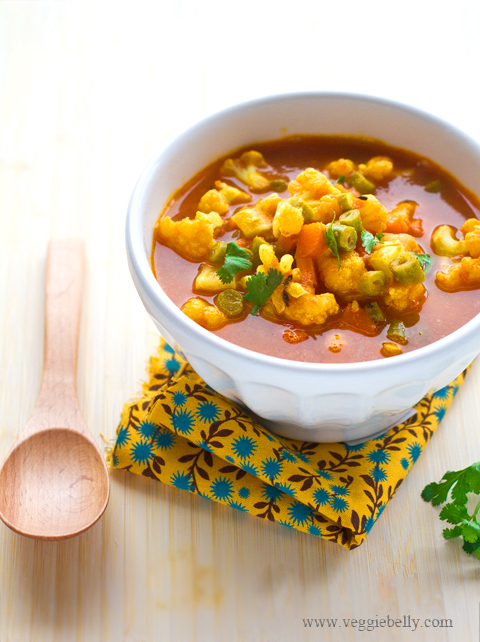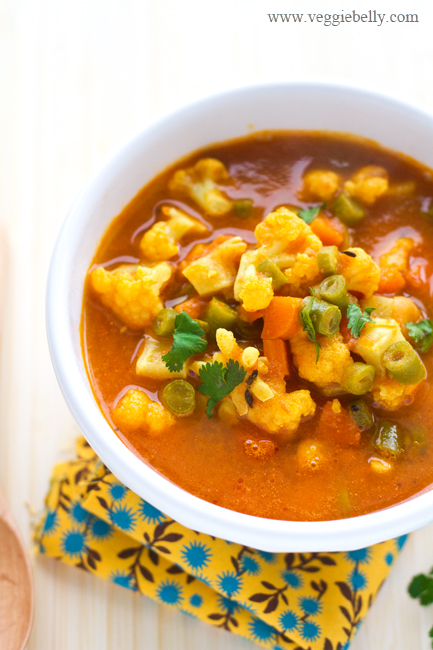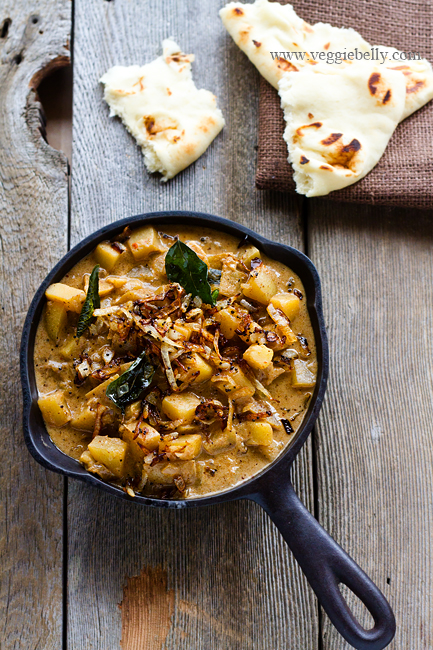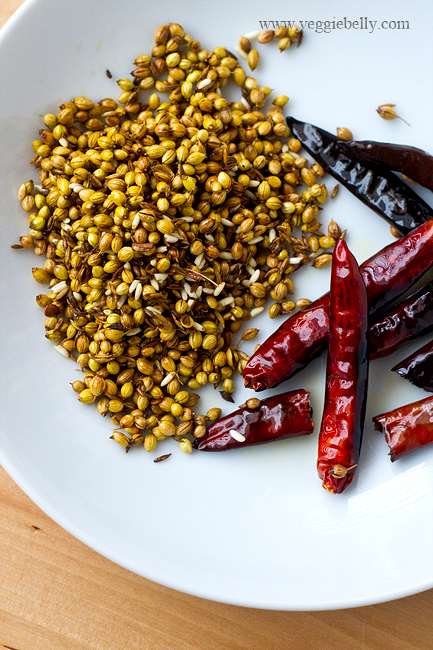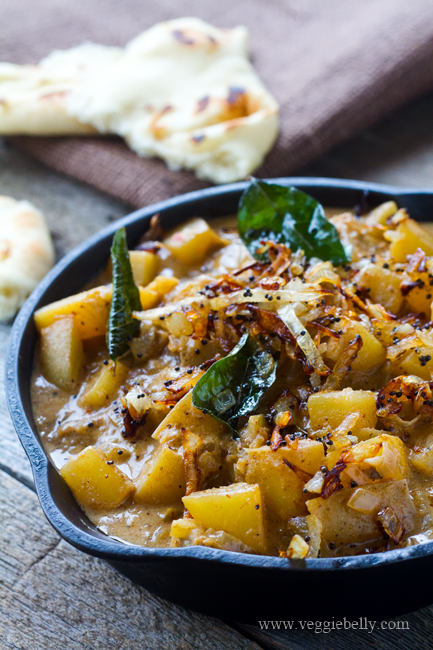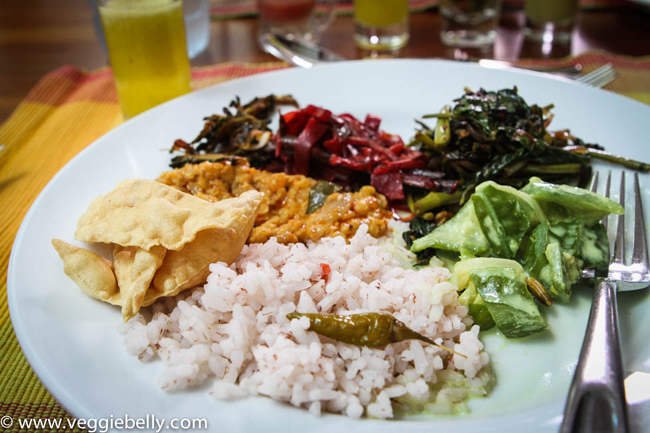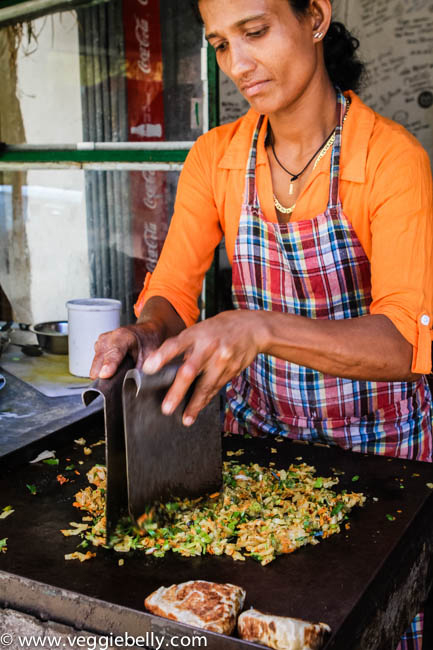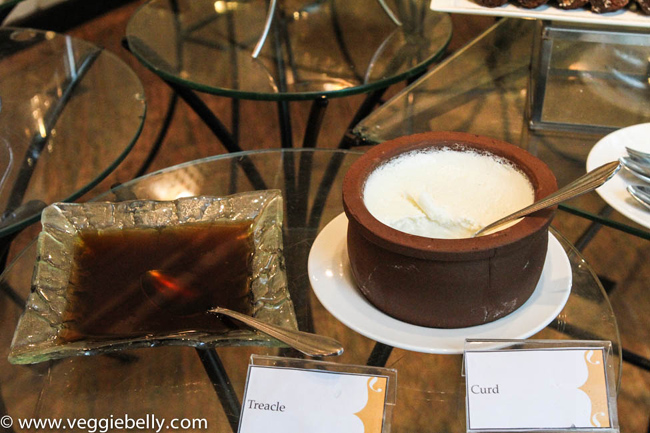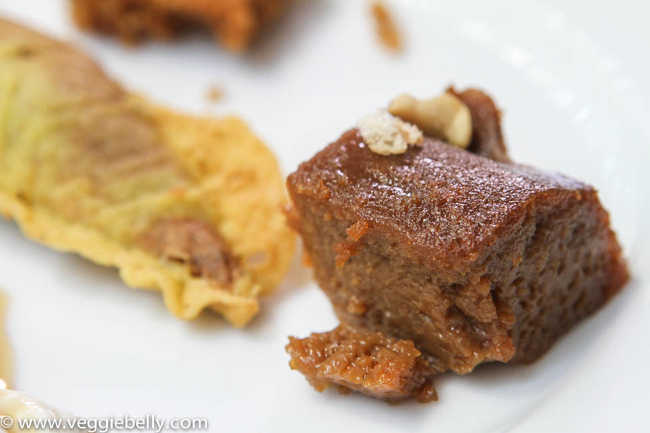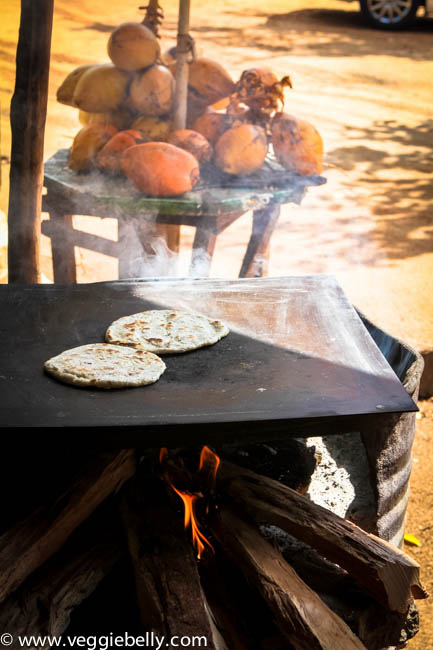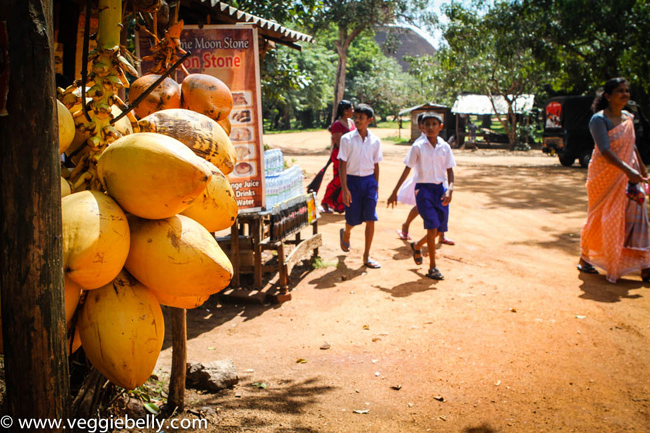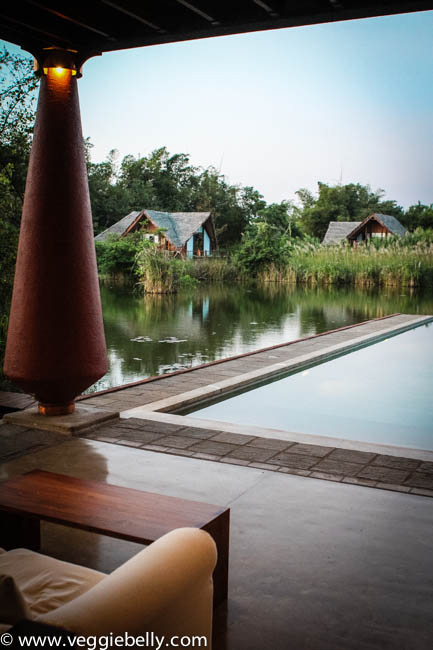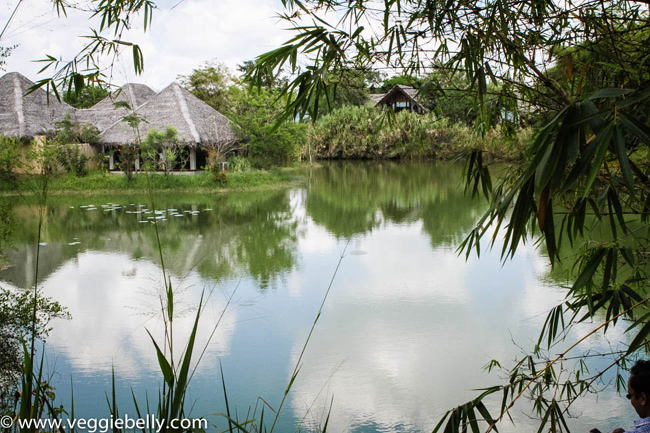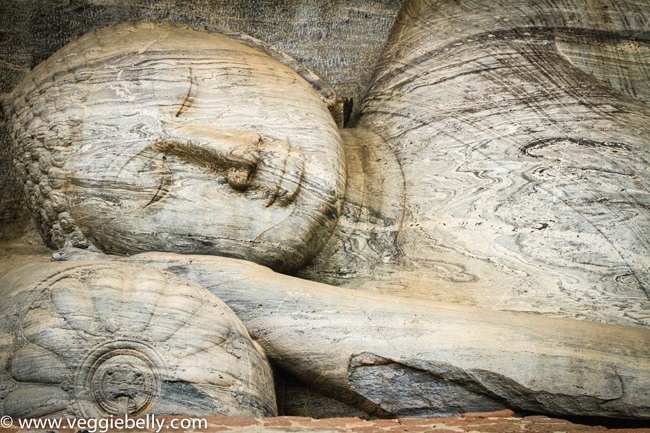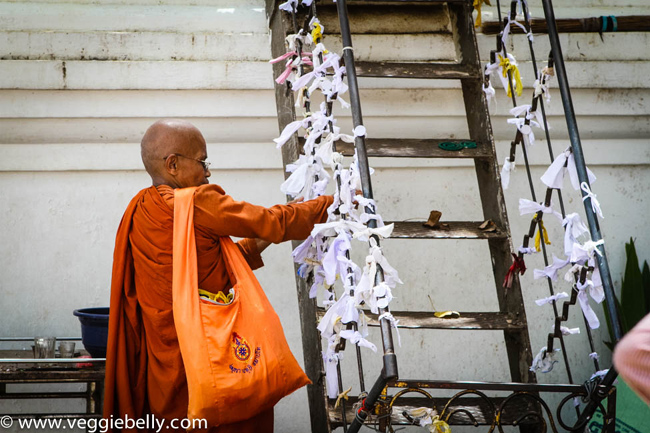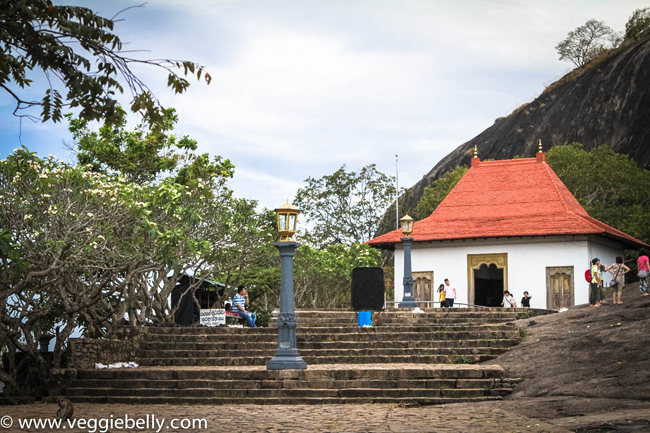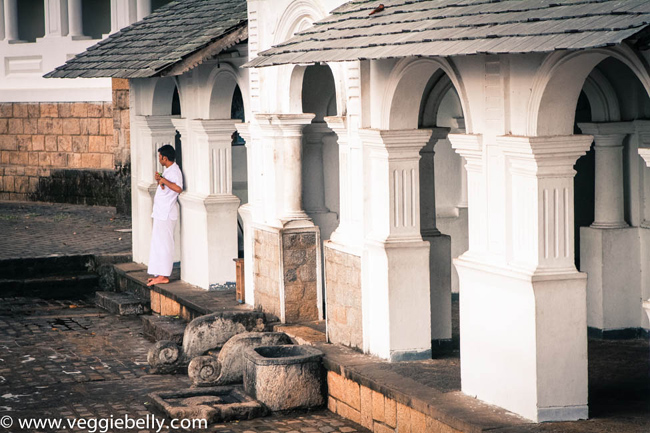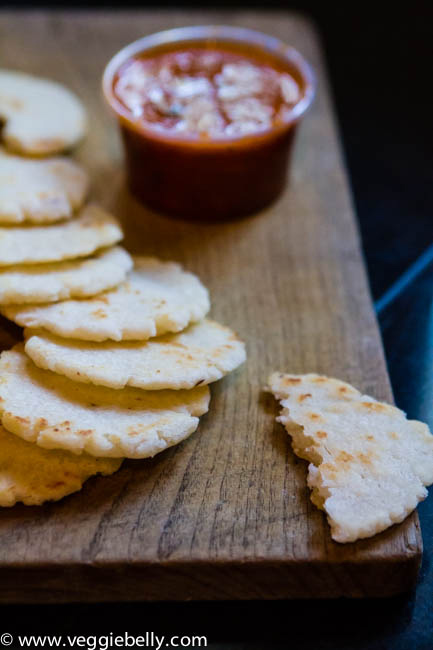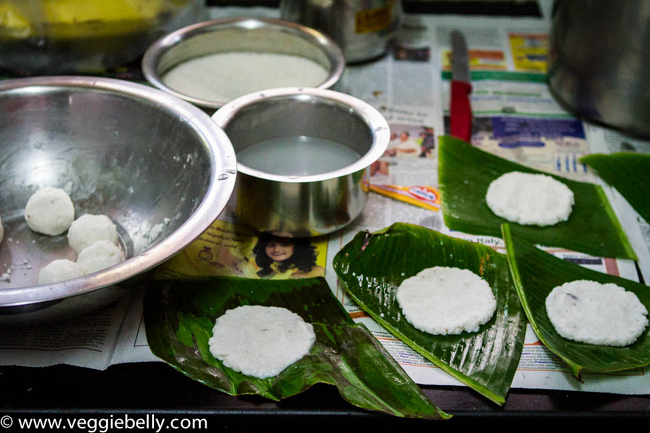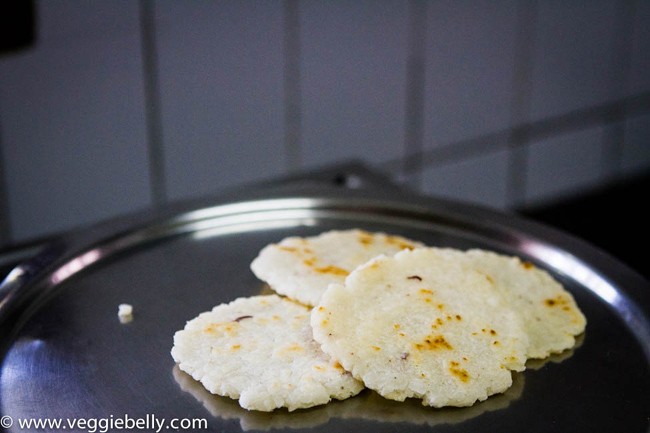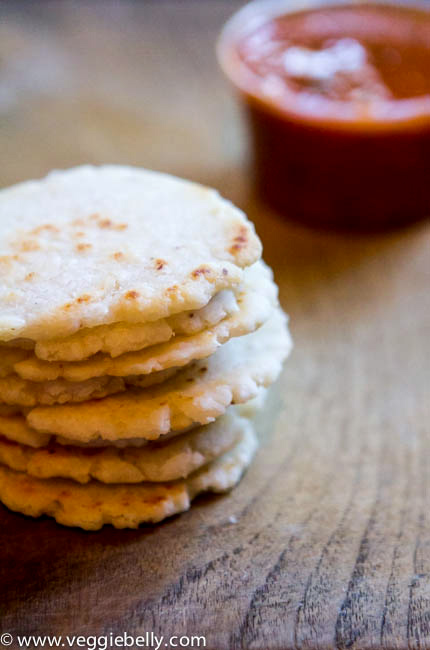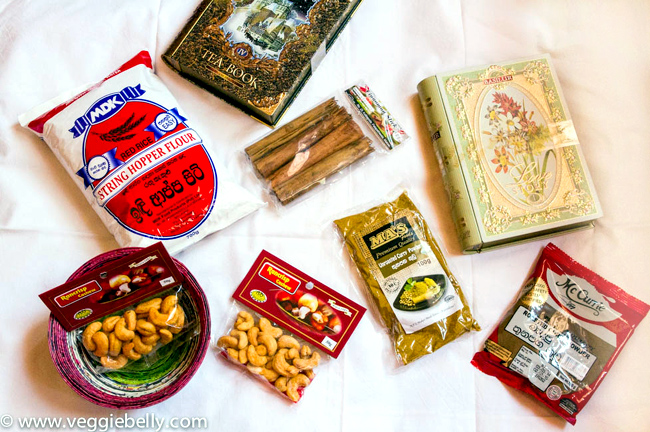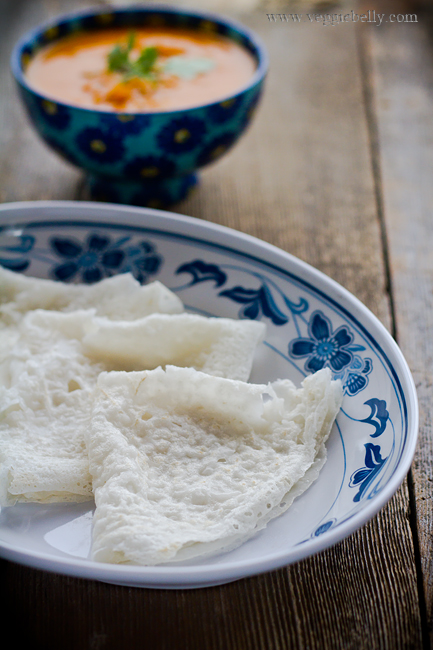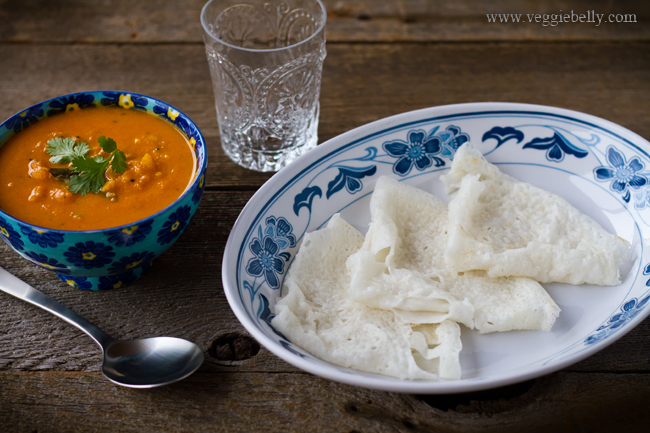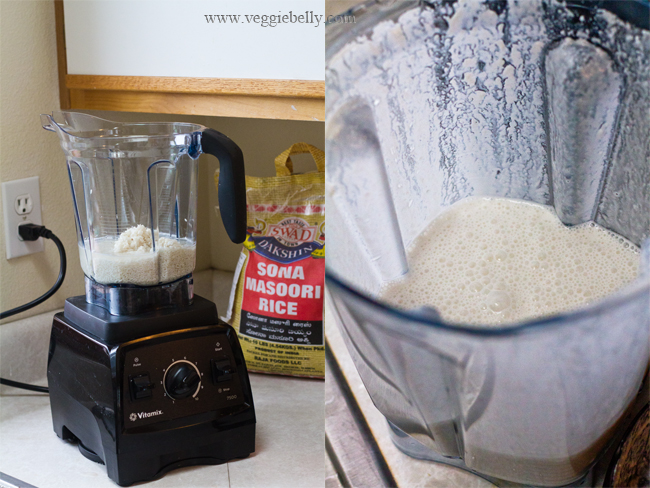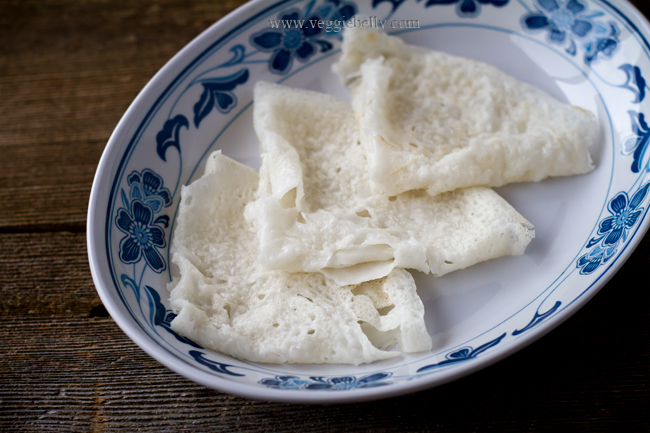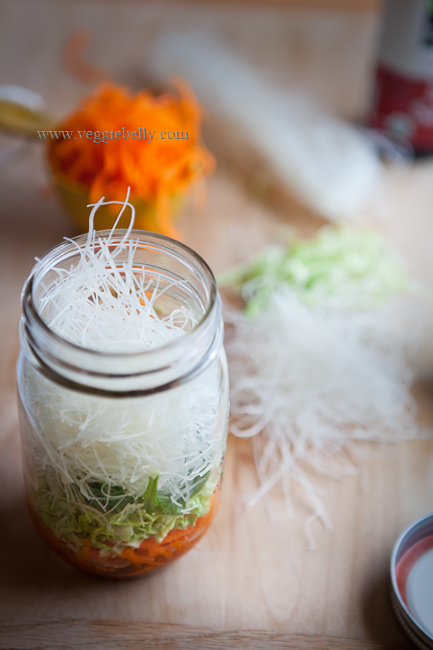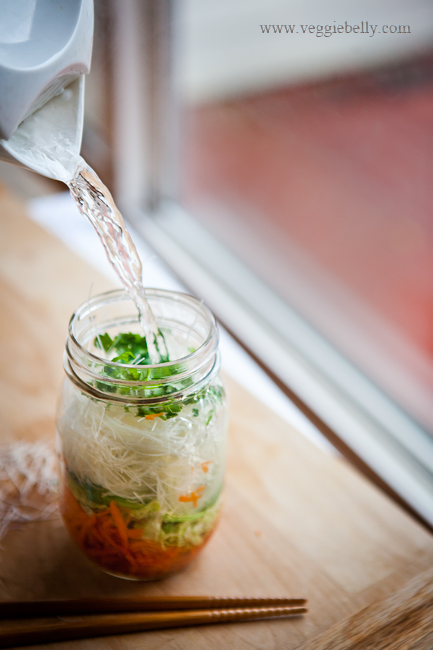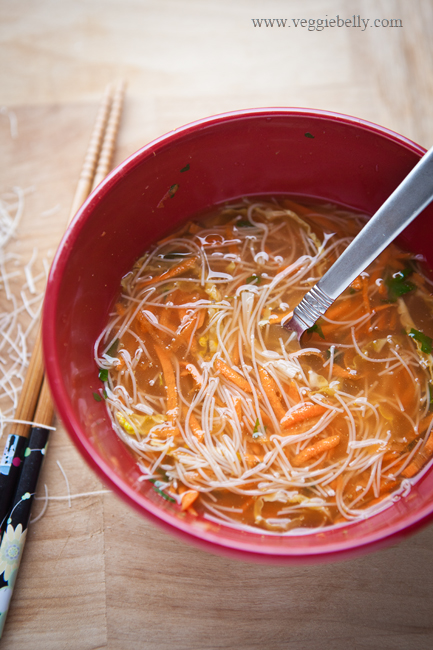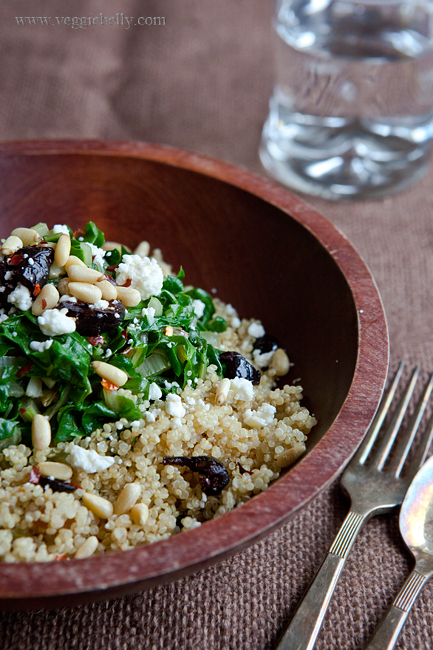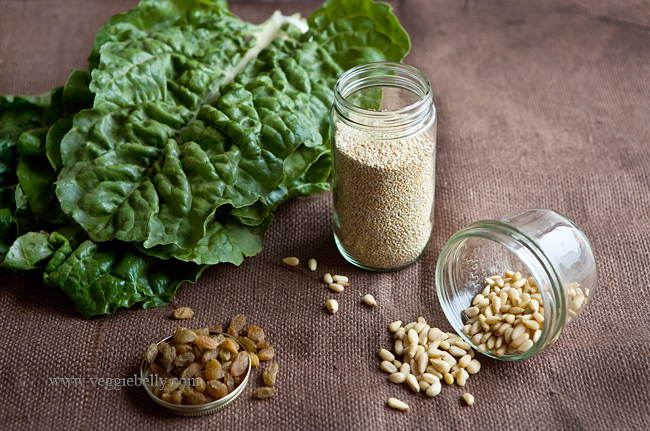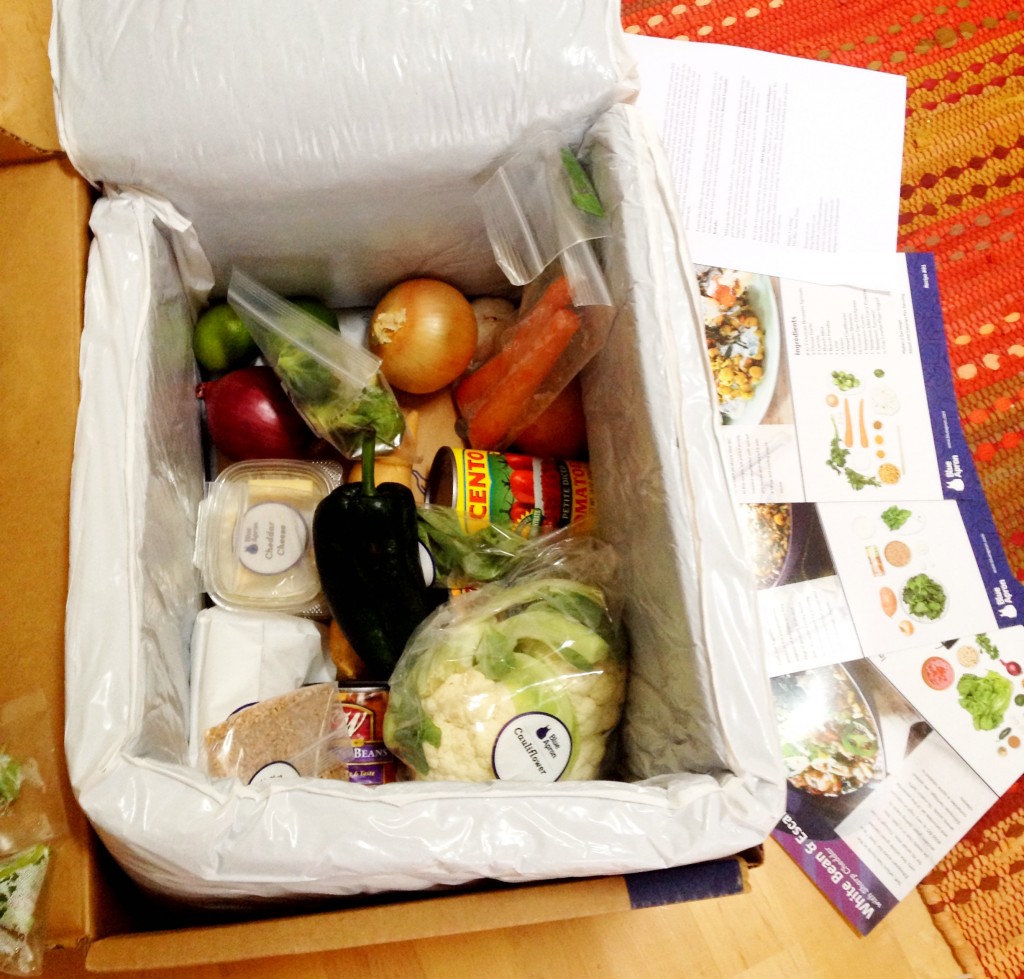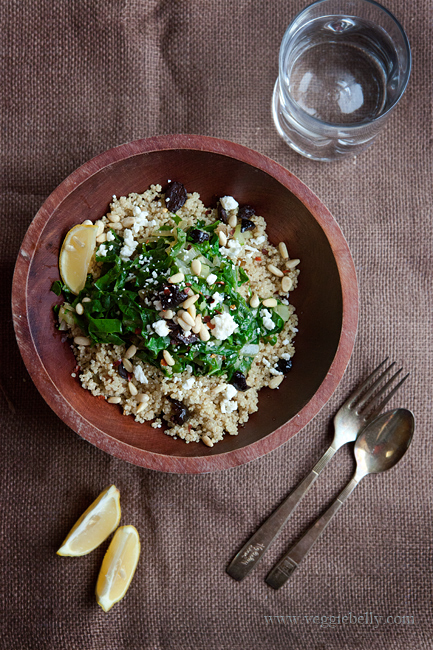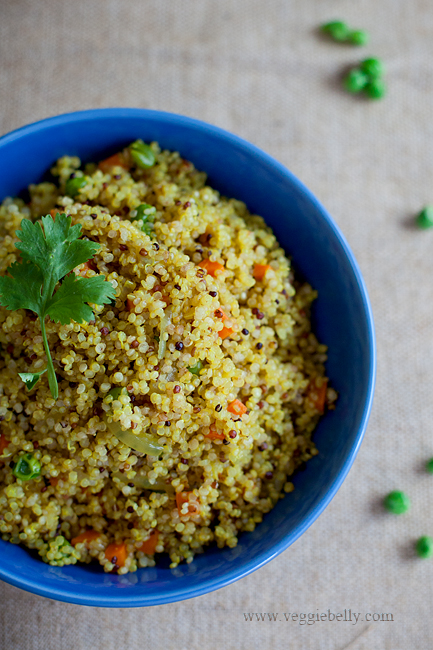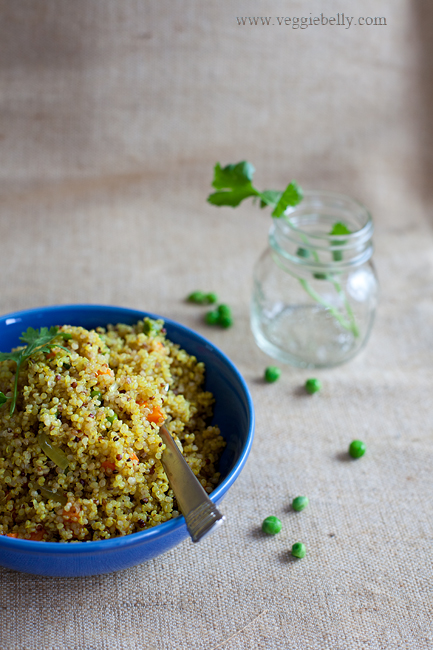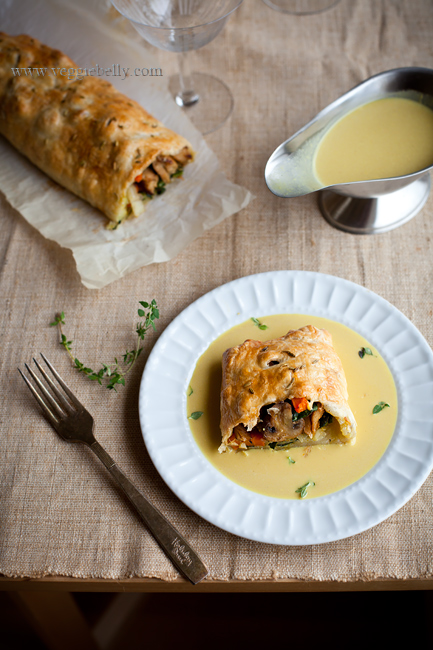 Make this vegetarian wellington recipe for Thanksgiving and the turkeys of America will love you! And so will your guests. This welling is a puff pastry wrapping, stuffed with orange and fennel seed braised seitan, thyme roasted mushrooms and kale. All served with the best vegetarian gravy ever (recipe coming up next)!
Make this vegetarian wellington recipe for Thanksgiving and the turkeys of America will love you! And so will your guests. This welling is a puff pastry wrapping, stuffed with orange and fennel seed braised seitan, thyme roasted mushrooms and kale. All served with the best vegetarian gravy ever (recipe coming up next)!
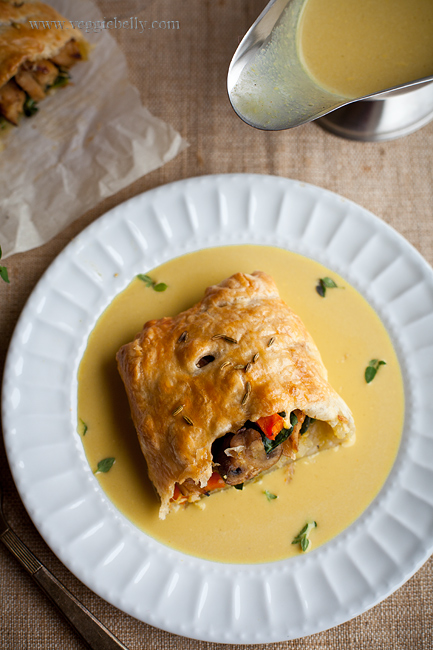 You can make all the components to this recipe up to three days in advance. Just assemble and bake the wellingtons on Thanksgiving day – easy!
You can make all the components to this recipe up to three days in advance. Just assemble and bake the wellingtons on Thanksgiving day – easy!
Now, here are all the components for this recipe
The Spice Mix
I used fennel seeds, coriander seeds and a few peppercorns to add a little spice and great flavor to this wellington. Crush everything in a mortar and pestle and let it sizzle in some butter. The flavors will infuse the butter beautifully. The spices in this recipe are subtle. But if you want a more pronounced spice note, feel free to double the spice mix recipe.
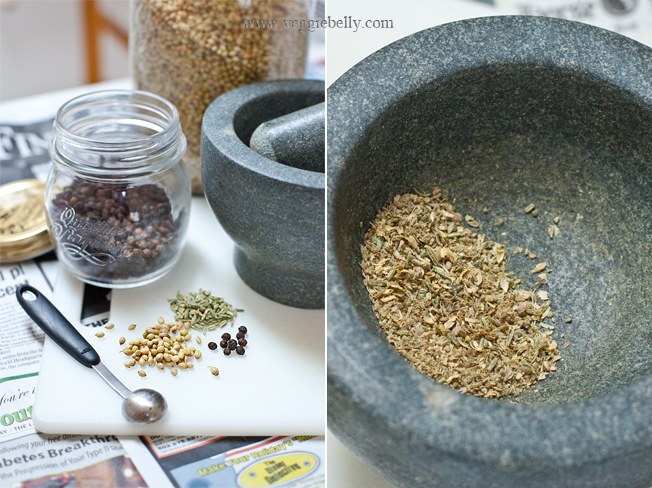
The Seitan Filling
Seitan, also called “wheat meat” is made from wheat gluten, and is easily available at most grocery stores. It has a meaty texture and is high in protein. Use whatever brand seitan you like. I used west soy brand chicken style seitan. The recipes calls for 8oz of drained seitan. So if your seitan is packaged in liquid, remember that the 8oz is the drained weight.
For the seitan filling, brown it in butter, along with half of the spice mix. Then braise the seitan in orange juice for a bright, citrus flavor. Orange zest adds an extra pop.
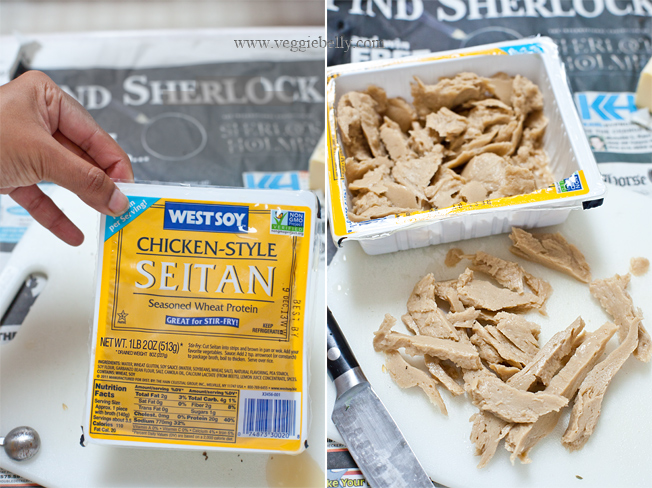
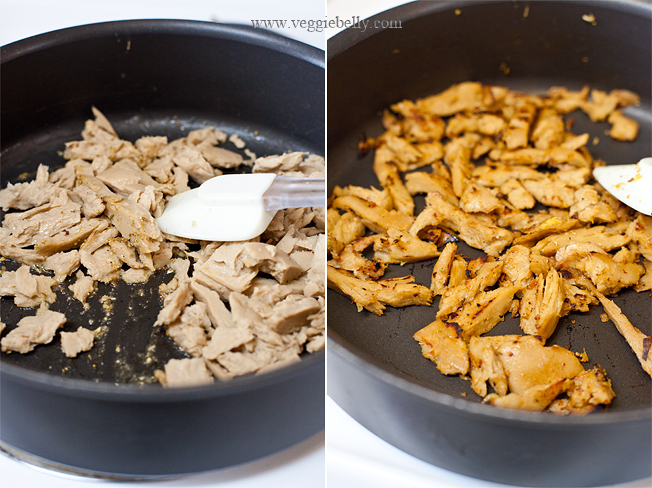
Kale Filling
The kale filling is a quick sauté of onions, celery, carrot, garlic and kale, along with the delicious spice mix.
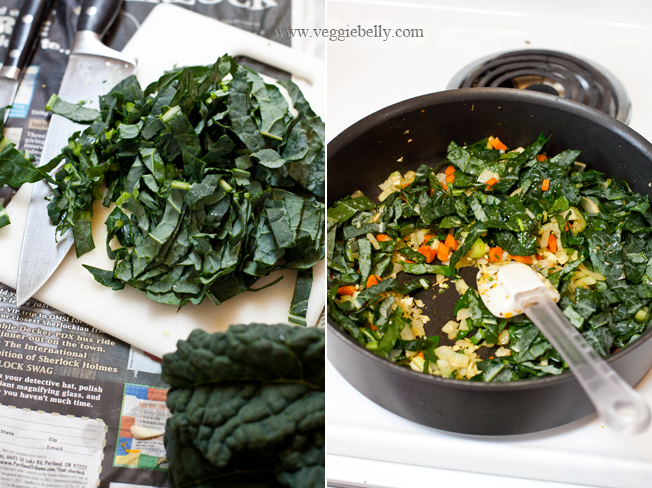
Roasted Mushroom Filling
This is a simple, and easy filling, and requires no baby sitting. Just toss the mushrooms in olive oil, salt and pepper and bake till golden. Just make sure the mushrooms arent touching each other. If you crowd them on the baking sheet, they wont brown.
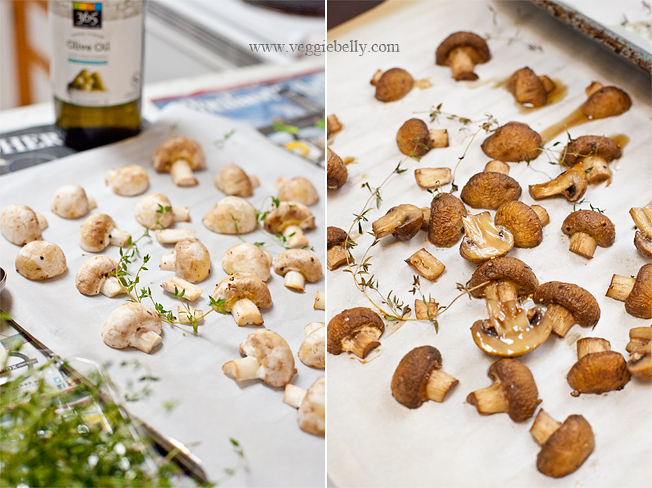
How to Make the Wellingtons
Spread the three fillings all over the thawed puff pastry, leaving a little border. Then using the parchment paper that the puff pastry is sitting on, lift and roll (like sushi), till it forms a log. Brush with egg wash and bake.
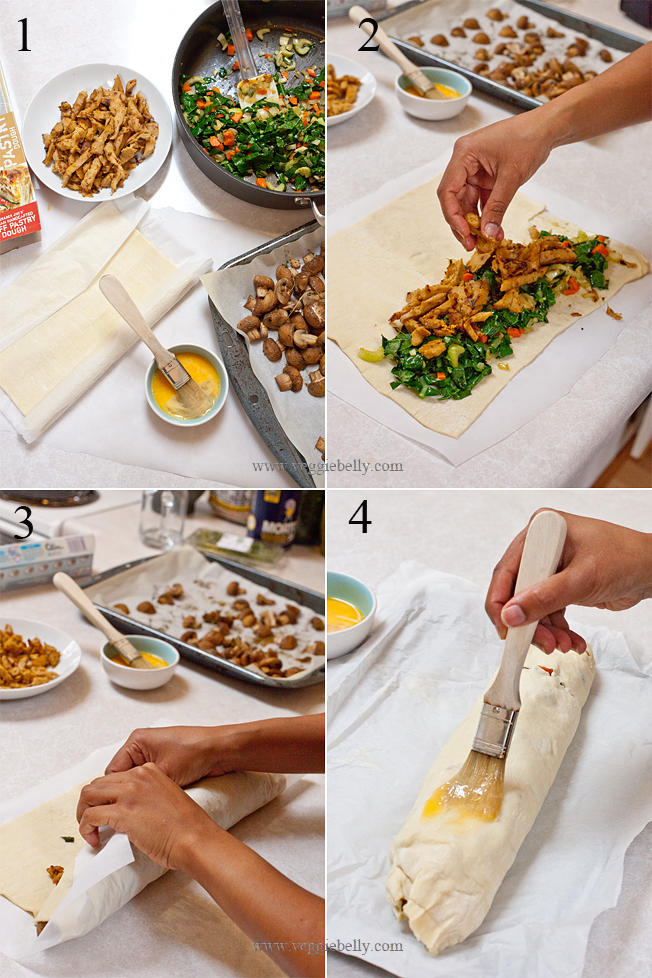
A note on puff pastry
A lot of puff pastries contain butter. But if you are looking for a vegan puff pastry, use pepperidge farm. Also, if you haven’t worked with puff pastry before, you may want to start with the vegan puff pastry. Puff pastry made with butter can be difficult to handle. And remember if the puff pastry gets too warm, it will get sticky (put it back in the freezer for a few minutes), and if its not thawed enough, it will be too hard. Time your cooking in such a way that you take out the puff pastry from the freezer to thaw about 20 minutes before you need it.
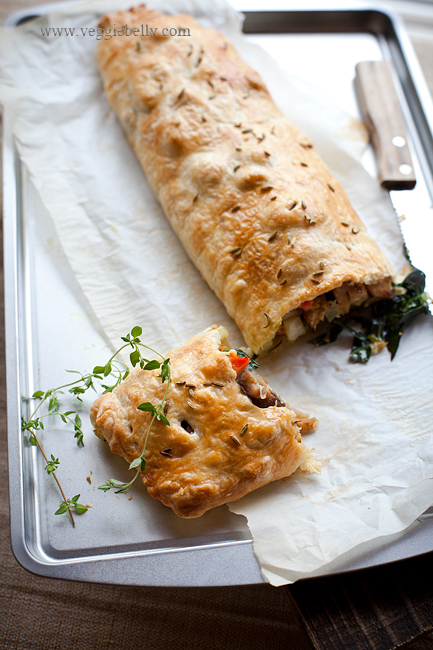
Make Ahead Tips
- All three fillings can be made up to 3 days ahead, and refridgerated
- If you made the roasted mushrooms ahead of time, they may get a little watery. Strain out the liquid from the mushrooms before using
- You can also assemble the entire wellington, and then freeze it unbaked. On the day of Thanksgiving, bake the frozen wellington at 400f for about an hour or till it is golden.
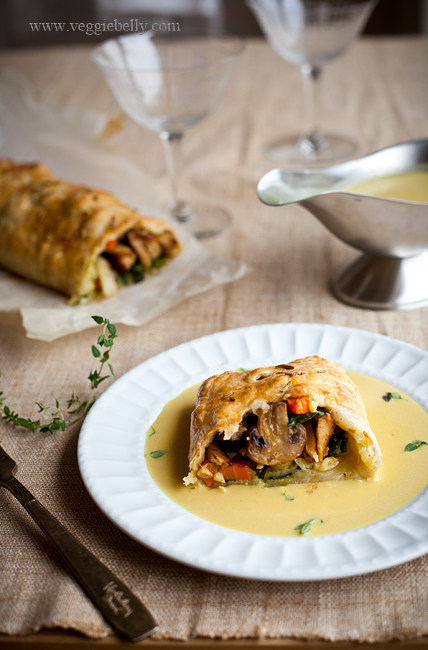
Thanksgiving Vegetarian Wellington with Seitan, Roasted Mushroom & Kale Recipe
serves 6-8
Ingredients
2 sheets of frozen puff pastry
1 egg, for egg wash. Substitute with 1/4 cup of whole milk or soy milk
a pinch of fennel seeds
For Spice Mix
1 teaspoon fennel seeds
1/2 teaspoon coriander seeds
1/2 teaspoon black pepper corns
For Mushroom Filling
1 lb mushrooms (white or crimini)
4 tablespoons olive oil
Salt and pepper
A few sprigs of thyme
For Seitan Filling
8oz drained seitan*
1 tablespoon butter or olive oil
1 large orange
1/4th teaspoon sugar, optional
Salt
*if the seitan is packed in liquid, the net weight will be more, so look for the drained weight, which should be 8oz.
For Kale Filling
1/2 tablespoon olive oil
1 medium onion, diced
2 celery ribs, diced
1 medium carrot, peeled and diced
4 cloves garlic, peeled and chopped
1/2 bunch kale, shredded
1 teaspoon thyme leaves
Method
Pre-heat oven to 425F
1. Using a mortar and pestle or a spice grinder, coarsely grind the fennel, coriander and black pepper. Set the spice mix aside.
2. Wipe the mushrooms clean. Then cut them in half.
3. Place the mushrooms, olive oil, salt and pepper in a bowl and toss well.
4. Transfer the mushrooms to a baking sheet. Make sure the mushrooms are not crowded or touching each other. Use two baking sheets if needed.
5. Scatter the thyme sprigs on top of the mushrooms.
6. Bake at 425F for about 20 minutes or till golden. When done, remove from the oven and let the mushrooms cool.
7. While the mushrooms are baking, work on the seitan filling. If the seitan is packed in water, drain the water. Slice the seitan into strips.
8. Heat the butter or olive oil in a large skillet. Add half the spice mixture and let it sizzle in the butter/olive oil for a few seconds.
9.. Then add in the seitan. Cook on medium heat, stirring occasionally, till the seitan is golden brown.
10. While the seitan is cooking, zest the orange, and measure out 1 tablespoon of zest.
11. Then juice the orange and measure out a little less than 1/2 cup of juice.
12. When the seitan is golden, pour in the orange juice, sugar, and salt. Cook till all the liquid bubbles away. Add in the zest, stir, and turn off heat. Let the seitan cool completely.
(Now is a good time to take the puff pastry out of the freezer and let it thaw)
13. While the seitan is cooling, work on the kale. In a large skillet, heat the olive oil and add other half of the spice mixture, the onion, carrot, celery, and garlic. Cook on medium heat till the vegetables are soft.
14. Add the shredded kale, thyme, and salt and stir just till the kale starts to wilt. Turn off heat and let the kale cool completely.
(You can make all the fillings up to 3 days in advance and refrigerate them. On the day of, just thaw the puff pastry and proceed with filling it)
Pre-heat oven to 400F
15. Break the egg into a small bowl, whisk it well. Cover and keep in the refrigerator till ready to use.
16. When all the fillings are completely cooled, and the puff pastry is thawed, you are ready to assemble the wellington. Line a baking sheet with parchment paper. Place the thawed puff pastry on the parchment.
17. Spread half the kale filling all over the puff pastry, leaving a little border all around. Top the kale with half the seitan mixture, and the half the mushrooms.
18. Grab the parchment paper on the long end of the puff pastry. Carefully lift and roll the puff pastry till it forms a log.
If the puff pastry is too sticky to be able to roll, just put the baking sheet with the wellington in the freezer for a few minutes, it will firm up and become easier to work with. If the puff pastry is too stiff, it means it needs to thaw more before you can work with it.
19. Brush the log with egg wash. Sprinkle a few fennel seeds on top of the log. Then using a sharp knife, make 3 small, evenly spaced cuts on top of the log.
20. Repeat with the second puff pastry sheet and the remaining half of the fillings.
21. Bake in a 400F oven, till golden brown, about 15 minutes.
22. Serve immediately with vegetarian gravy.
